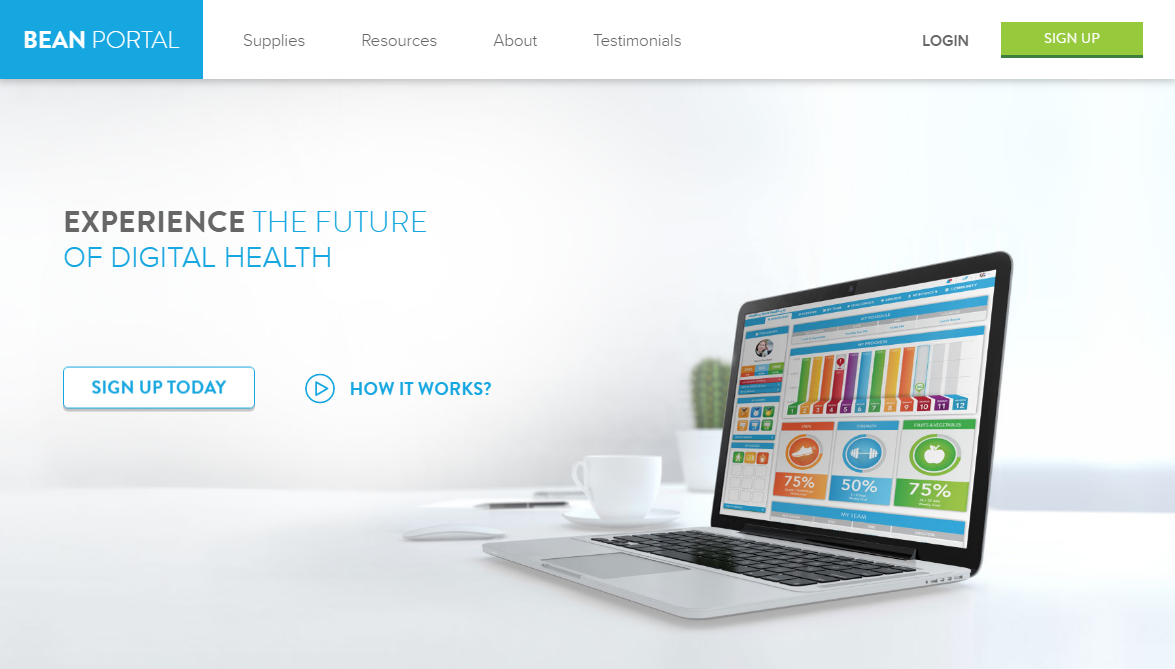Project: MyStayWell Platform

StayWell and WebMD Health Services Background
I worked full-time at StayWell (acquired by WebMD Health Services in 2020) between 2010 and 2025. When I started, the company was called StayWell Interactive. The company restructured and underwent ownership changes several times. During the first major restructuring the company changed its name to Krames StayWell. When our employer-based population health management software product moved from StayWell Interactive to MediMedia's sister company StayWell Health Management, I moved with it. The companies later merged together as Krames Staywell. Merck then purchased a majority stake in the company and it was renamed StayWell.
StayWell acquired the company Provata Health in 2018 and transitioned all customers to a new Java/React platform. In July 2020 WebMD Health Services acquired StayWell and has migrated all customers to their "WebMD One" platform.
MyStayWell Platform
In 2018 StayWell acquired Provata Health and we worked hard on building out new features on the new platform and on migrating existing StayWell Portal clients to the new solution.
Tech Stack Transition
Moving from a .NET monolith-ish application to working on a mac on a microservices application running in AWS with a React front-end was a fun and interesting challenge. Some of the tech used on the new platform:
- Java services using Dropwizard framework
- Node Express
- React
- MySQL
- Redis
- Git
- AWS
- Terraform
- iOS
- Android
SAML
One of the first projects I worked on after transitioning to the new platform was to implement the same SAML functionality we had on our old platform. This included creating functionality for inbound SAML in addition to writing utility code to generate new outbound implementations. We wanted to have the same quality of life tools and utilities as our old application so I also implemented a test harness and test endpoints to make new client setup as smooth as possible.
Our previous platform utilized a SAML library called ComponentSpace, but since that library was .NET based, I used the Java library OpenSAML for the new platform.
Environment Variables
One challenge we encountered after moving to the new platform was that the existing codebase used several inconsistent methods of setting and accessing environment variables across each of the microservices and across each of the different environments. To solve this problem I created some shared utility code to manage access of these settings and relocated all settings to a single location using java annotations to apply various options to each setting. This gave us the advantage of being able to see all possible settings in one place and also allowed us to easily log all non-secret settings on application initialization for easy debugging. I also worked with our devops team to get existing variables setup in terraform for specific environment overrides.
Third Party Incentives Fulfillment Integration
The new StayWell platform had different incentives functionality than the old platform and a contract with a different third party provider for fulfillment, but did not yet have any integrated functionality. My responsibility with this project was to gather requirements and work with internal stakeholders and the third party developers to create the integration between our applications. The company we integrated with is a recognition and rewards platform called Fond.
The main challenge of this project was that Fond had not yet done this type of integration before us, and our incentives functionality was still in the process of being updated, so we worked together to build out the functionality on both sides at the same time. Despite the challenge the Fond devs were great to work with and we were able to get the SAML login up and running and service callback functionality working to communicate data between our applications.
Localization Support
The new platform that we inherited did not have built-in support for localization of dynamic data being moderated by our internal admins, so we were tasked with building out this functionality. I took this as a personal challenge to create a method of adding localization support for dynamic database records with the smallest amount of code required when new data types are added. I accomplished this by using reflection and custom annotations. All a developer has to do now is to annotate a model class and add a few one liners to a few service endpoints that handle the CRUD for that particular model. Another developer I worked closely with created the admin UI component of this functionality to allow devs to apply the localization editing to our content management interface.
Cache Client Library
We needed write-invalided caching in several of our microservices, so I wrote a cache client wrapper library for Redis with an API that simplifies the process.
Structured Logging Library
Some developers were writing logging code that sometimes threw exceptions while logging exceptions. I wrote a structured logging library with an interface that automatically serializes objects and ensures exceptions are not thrown during exception logging.
Authentication Rewrite
While making some configuration changes to our Newrelic integration, I noticed that we were making an unusually large number of requests related to authentication and retrieving the current user. In order to alleviate many of these unnecessary service/database hits, I restructured how JWT tokens are generated to make usage of them more efficient, in addition to more secure by encrypting the token contents. This reduced approximately 70% of all database hits in 2 of our microservices, in addition to drastically reducing the amount of http requests required for a page load.
